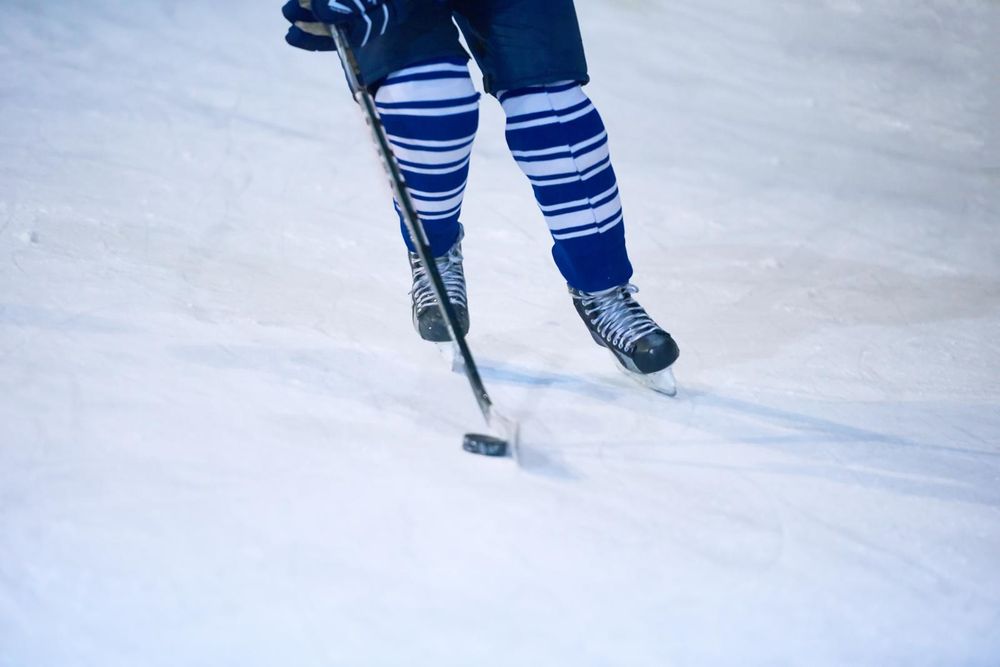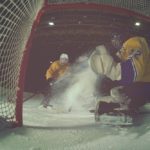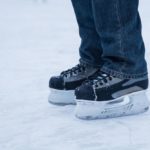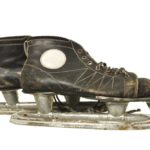In the competitive world of hockey, possessing powerful muscles is crucial for unlocking your full potential on the ice. The ability to skate with speed, shoot accurately, and pass with precision all depend on the activation of specific muscle groups.
This article will delve into the primary muscles used in hockey and how developing them can significantly enhance your on-ice performance. From the lower body muscles that propel skaters forward, to the core muscles that provide stability and balance, each group plays a vital role in your ability to excel.
Furthermore, we will emphasize the importance of proper form and technique in maximizing the results of your muscle training. By understanding the significance of developing powerful muscles, particularly in the lower body and core, you can unleash your hockey skills and achieve optimal performance on the ice.
Primary Muscles Used in Hockey
The primary muscles used in hockey are crucial for optimal on-ice performance and encompass a range of lower-body and core muscles as well as arm muscles for shooting and passing.
Skating, the foundation of hockey, relies heavily on the glutes, quadriceps, adductors, and hamstrings. These muscles generate power with each stride and push off for explosive acceleration.
Additionally, core muscles, such as the obliques and rectus abdominis, provide stability and balance during skating movements.
Arm muscles also play a vital role in shooting and passing, with the forearm and bicep muscles being essential for wrist shots and slapshots.
To enhance hockey skills, incorporating muscle building exercises specific to these muscles is essential.
Furthermore, proper muscle recovery techniques, such as stretching and foam rolling, can aid in preventing injuries and optimizing performance.
Skating and Muscles Used
Skating in hockey activates a unique set of muscles and joints in the legs, requiring core strength for balance and power. Proper skating technique is crucial for engaging these muscles effectively. Common skating mistakes, such as leaning too far forward or not fully extending the leg, can result in inefficient muscle engagement and reduced power. To strengthen the muscles used in skating, specific exercises can be incorporated into training routines. Table 1 below outlines some exercises that target the primary lower-body muscles involved in skating. By incorporating these exercises into your workout regimen, you can improve skating strength and speed. Remember, developing lower-body and core muscles is essential for optimal performance on the ice.
Table 1: Exercises to Strengthen Lower-body Muscles Used in Skating
| Muscle Group | Exercise |
|---|---|
| Quadriceps | Squats |
| Adductors | Side lunges |
| Glutes | Hip thrusts |
| Hamstrings | Romanian deadlifts |
Primary Lower-body Muscles
Engaging the muscles from the hips down to the feet, skating in hockey activates a unique set of lower-body muscles. Developing leg strength is crucial for increasing skating speed and overall performance on the ice.
The primary lower-body muscles involved in skating are the quadriceps and adductors, which generate power with each stride. The glutes and hamstrings come into play when pushing off, providing the necessary force for acceleration.
To improve skating strength and speed, specific exercises targeting these muscles should be incorporated into training routines. It is important to focus on proper skating form to optimize the results of these exercises.
Core and Upper-body Muscles
Core strength and upper-body muscles play a crucial role in enhancing a hockey player’s performance on the ice. Building upper body strength is essential for developing power and control during shooting and puck battles. Here are three key points to consider:
- Importance of arm muscles in hockey: Arm muscles, such as the forearm and biceps, are vital for executing wrist shots and powerful slapshots. Strengthening these muscles allows players to generate more force when shooting, increasing the chances of scoring goals.
- Core muscles provide stability and balance: The oblique muscles and rectus abdominis are key core muscles that help maintain balance while skating and engage in faceoffs. Strengthening the core enhances overall stability and power, enabling players to move with agility and execute precise movements on the ice.
- Upper-body strength aids in puck battles: Strong arm and upper-body muscles give players an advantage when competing for the puck along the boards or in front of the net. Building upper body strength allows players to win battles and maintain possession, giving their team more scoring opportunities.
Importance of Lower-body and Core Muscles
Developing strong lower-body and core muscles is essential for maximizing your performance on the ice. In hockey, these muscles play a crucial role in generating power, maintaining balance, and executing quick movements. By incorporating resistance training for lower body and core muscles into your hockey training regimen, you can experience numerous benefits. Resistance training helps to increase muscle strength, power, and endurance, allowing you to skate faster, shoot harder, and stay stable on the ice. Additionally, flexibility and mobility exercises play a vital role in improving lower body and core muscle strength in hockey players. By enhancing your range of motion and joint mobility, you can optimize your performance and reduce the risk of injuries. So, focus on building powerful lower-body and core muscles to unleash your full potential on the ice.
| Benefits of Incorporating Resistance Training | The Role of Flexibility and Mobility Exercises |
|---|---|
| Increases muscle strength, power, and endurance | Enhances range of motion and joint mobility |
| Improves skating speed and shooting power | Reduces the risk of injuries |
| Enhances balance and stability on the ice | Optimizes on-ice performance |
Training and Optimizing Muscle Power
To enhance your hockey skills and maximize your on-ice performance, it is essential to focus on training and optimizing the power of your muscles. Maximizing muscle strength is key to improving your overall game. Here are three effective muscle training techniques to help you unleash your hockey skills:
- Resistance Training: Incorporate exercises that target the primary muscles used in hockey, such as the glutes, quadriceps, hamstrings, and core. Resistance training, like squats and lunges, helps build muscle strength and power, enhancing your skating and shooting abilities.
- Plyometric Training: Plyometric exercises, like box jumps and lateral bounds, improve explosive power and speed. These exercises mimic the quick, explosive movements required in hockey, helping you generate more force and agility on the ice.
- Functional Training: Focus on exercises that mimic the movements and demands of hockey. This includes exercises like medicine ball throws, single-leg balance exercises, and rotational movements. Functional training helps improve your balance, coordination, and stability, translating into better on-ice performance.
Frequently Asked Questions
How Can Training Lower-Body and Core Muscles Improve Hockey Performance?
Training lower-body and core muscles is essential for improving hockey performance. It enhances agility, stability, and power on the ice. Additionally, focusing on flexibility increases range of motion, reducing the risk of injury and maximizing overall athletic potential.
What Are Some Exercises That Specifically Target the Muscles Used in Skating?
To strengthen the muscles used in skating, incorporate exercises such as squats, lunges, and leg presses to target the lower body. Core exercises like planks and Russian twists will improve balance and stability. Don’t forget to include arm exercises like bicep curls to enhance shooting power.
Are There Any Specific Techniques or Tips for Developing Arm Strength for Shooting and Puck Control?
To develop arm strength for shooting and puck control in hockey, focus on exercises that target the forearm and bicep muscles. Additionally, practice proper shooting technique, emphasize wrist and forearm movement, and work on shooting accuracy through consistent practice and repetition.
Can You Provide Examples of How Upper-Body Strength Can Be Beneficial in Faceoffs and Puck Battles?
Upper-body strength, particularly in the shoulders and chest, is crucial in faceoffs and puck battles. It provides the power and stability needed to win battles for the puck, maintain possession, and outmuscle opponents. Strong grip strength is also important for stick control and winning faceoffs.
What Are Some Common Mistakes or Form Errors to Avoid When Training and Optimizing Muscle Power for Hockey?
Common mistakes to avoid when training and optimizing muscle power for hockey include improper form, neglecting injury prevention, and insufficient rest and recovery. Proper technique, injury prevention strategies, and adequate rest are crucial for maximizing muscle power and minimizing the risk of injuries.
Conclusion
In conclusion, developing powerful muscles is crucial for maximizing performance in the fast-paced sport of hockey.
By focusing on the lower body muscles, such as the glutes, quadriceps, and hamstrings, players can generate the speed and control needed for effective skating, shooting, and passing.
Additionally, strengthening the core and upper body muscles provides stability and balance on the ice.
With proper training and technique, hockey players can unleash their skills and achieve extraordinary levels of performance, dominating the game with unrivaled power and precision.









